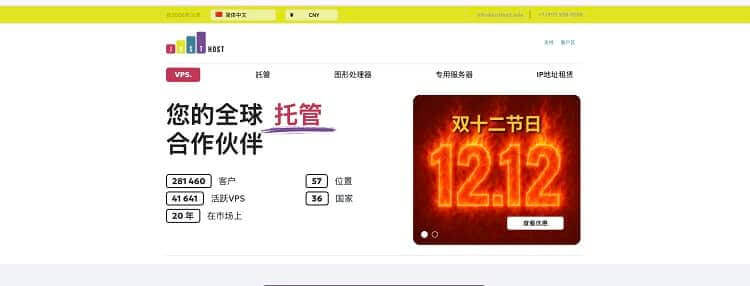要去掉Python字符串中的特殊字符,你可以使用多种方法。下面是几种常见的方法:
使用str.translate()和string.punctuation去除标点符号:
import string
string_with_special_chars = "Hello, World!"
special_chars = string.punctuation # 获取所有的标点符号
translator = str.maketrans("", "", special_chars)
new_string = string_with_special_chars.translate(translator)
print(new_string) # 输出: Hello World
在这个示例中,我们使用str.translate()方法结合string.punctuation来删除字符串中的标点符号。首先,通过string.punctuation获取到所有的标点符号。然后,使用str.maketrans()创建一个转换表,该表将标点符号映射为空字符。最后,使用str.translate()方法应用这个转换表来删除标点符号。
使用正则表达式re.sub()删除特定字符:
import re
string_with_special_chars = "Hello, World!"
pattern = r"[^\w\s]"
new_string = re.sub(pattern, "", string_with_special_chars)
print(new_string) # 输出: Hello World
在上述示例中,我们使用正则表达式[^\w\s]匹配非字母数字字符和非空白字符,并使用空字符串进行替换,从而删除特殊字符。
使用列表推导式和join()方法过滤特定字符:
string_with_special_chars = "Hello, World!"
special_chars = "!@#$%^&*()_+{}[]|\\\"':;/<>?,."
new_string = ''.join([char for char in string_with_special_chars if char not in special_chars])
print(new_string) # 输出: Hello World
在这个示例中,我们使用列表推导式和join()方法来过滤特定的字符。首先定义一个包含特殊字符的字符串(special_chars),然后遍历原始字符串中的每个字符,并仅保留不在特殊字符列表中的字符。
这些方法可以根据你的具体需求选择使用,以去除Python字符串中的特殊字符。请注意,以上方法都会生成一个新的字符串,原始字符串本身不会被修改。

 便宜VPS测评
便宜VPS测评










